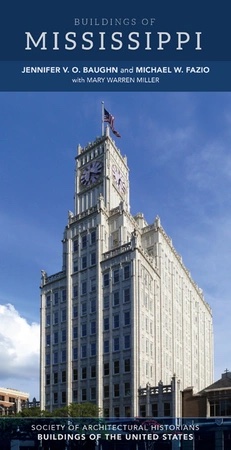
By 1890, Clarksdale’s south-side African American neighborhood had come to be called the New World after Nelson Jones’s New World, a saloon and rooming house with its large sign greeting railroad passengers. The brick buildings of the business district along Issaquena Avenue were constructed after a fire swept away one of the Delta’s most famous red-l ight districts around 1920. Composer and musician W. C. Handy, the “Father of the Blues,” lived on Issaquena south of the railroad, and from 1903 to 1905 his band performed in the brothels. The New Roxy Theater still stands (c. 1950; 365 Issaquena), but its marquee masks the collapsed roof behind it, and the rest of this former center of black culture is now blighted by vacant lots and abandoned buildings. Spreading south from the small commercial area and a cluster of prominent black churches are blocks of worker housing, mostly shotgun houses but also middle-class bungalows and a few larger residences. Demolition and urban renewal have leveled sections, creating pockmarks along the previously uniform lines of porches.





